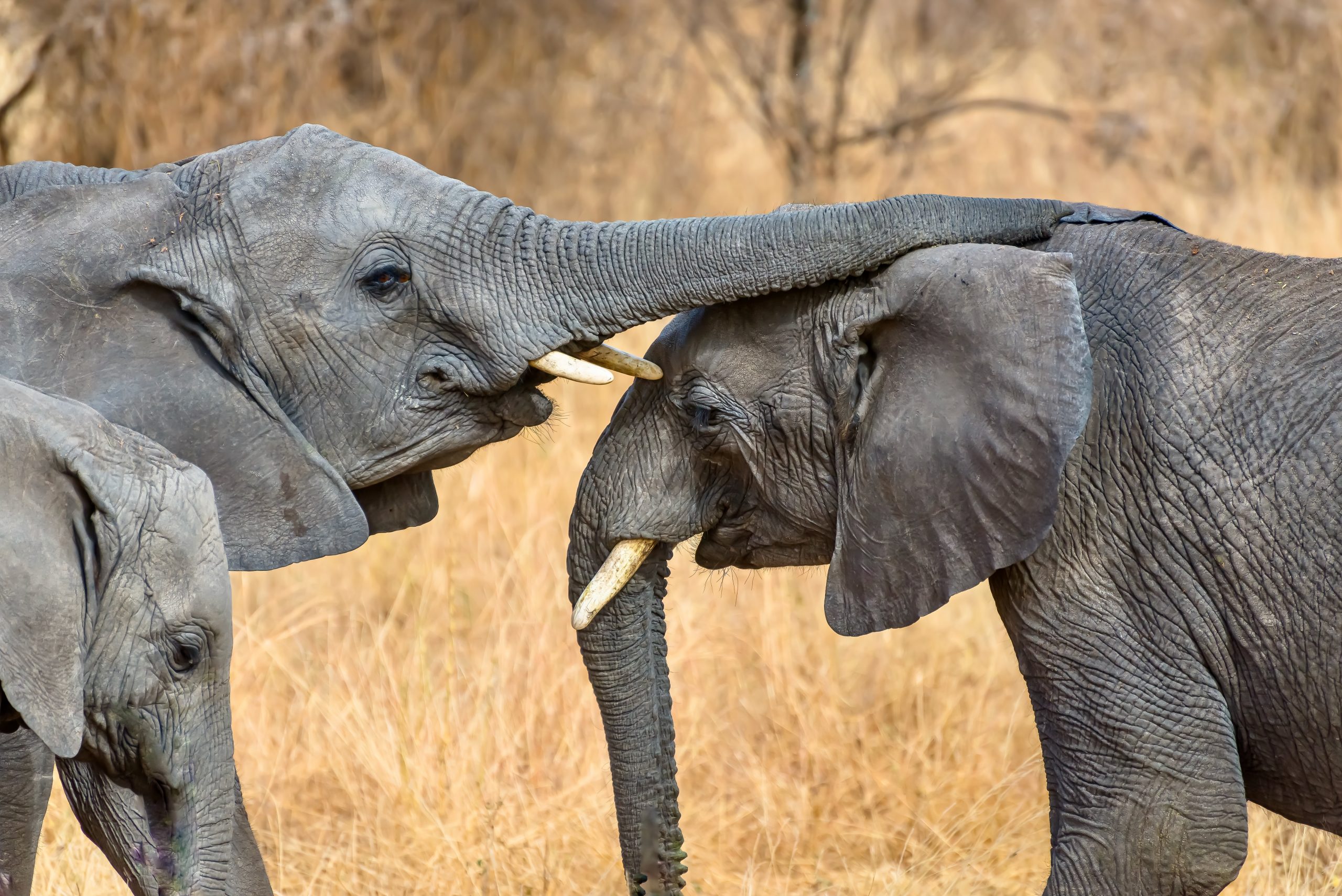In an interview with Vox, Karren Bakker from the University of British Columbia talked about the different ways scientists are using artificial intelligence to interpret animals, such as the low-frequency noises of elephants or the waggle dance of honeybees, and attempting communication with them through robotics.
“We can use artificial intelligence-enabled robots to speak animal languages and essentially breach the barrier of interspecies communication,” Bakker said.
“Researchers are doing this in a very rudimentary way with honeybees and dolphins and to some extent with elephants.”
Some of the examples Bakker gave of the research into animal communication involved elephants, bees, and whales to name a few.
A zoologist and researcher in bioacoustics, Katie Payne, used AI to pick up the low-frequency sounds that elephants release and go unnoticed by the human ear, explaining how elephants can locate each other over long distances.
Researchers at the Dahlem Center for Machine Learning and Robotics in Germany designed a robot in 2018 mimicking the waggle dance that bees use to relay information to each other, managing to trick the bees into “listening to it”.
In October last year, an international team launched a project to listen to, contextualise and translate the communication between sperm whales. The ambitious project called Project CETI (Cetacean Translation Initiative) uses AI to interpret the clicking sounds, or codas, sperm whales use to communicate.

Humans have managed to communicate with animals already. However, past communication, specifically primates, have had a “very human-centred view” like teaching them sign language.
The difference now is instead of trying to teach animals human language, Bakker says researchers are focusing on “compiling, essentially, dictionaries of signals and then attempting to understand what those signals mean within those species” which has her and others concerned.
“Now, this raises a very serious ethical question, because the ability to speak to other species sounds intriguing and fascinating, but it could be used either to create a deeper sense of kinship, or a sense of dominion and manipulative ability to domesticate wild species that we’ve never as humans been able to previously control,” she said.
But Bakker says there is hope, given the ethical questions researchers are starting to engage with, that there will be ethics in place that helps advance this without manipulating animals.
And she hopes the average person will soon have the ability to “tune in to the sounds of nature”.






